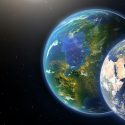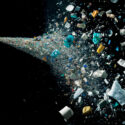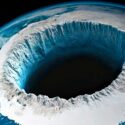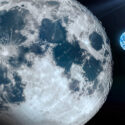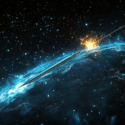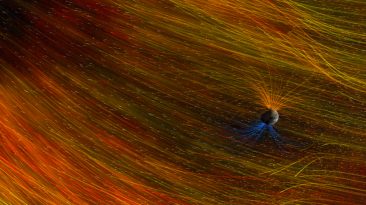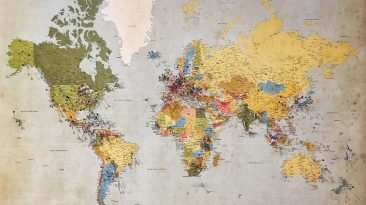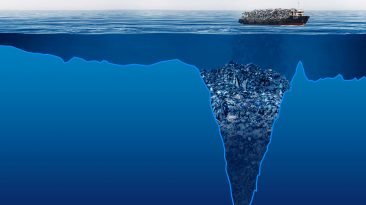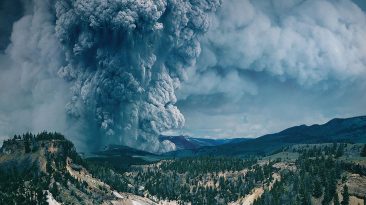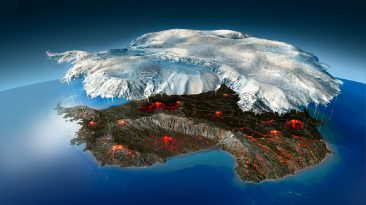When most people think of terrifying places, outer space often comes to mind. After all, it is a vacuum of extreme temperatures, high radiation, and deadly vacuum pressure. But what if we told you that Earth’s oceans are far more dangerous than the cosmos?
From mysterious phenomena to deadly creatures, the ocean is full of hazards that actively threaten life. These dangers are not only unpredictable but also constant, lurking just beneath the waves. Unlike space, which is distant and mostly uninhabited, the ocean directly impacts human life and activity.
1. Black Holes in the Ocean
You may not know this, but there are black holes in the ocean. Known as eddies, these whirlpools resemble the black holes of space. They are so powerful that nothing, not even large marine creatures, can escape their pull. Some eddies measure up to 150 kilometers in diameter. They form through a combination of water temperatures, wind patterns, and the Earth’s rotation.
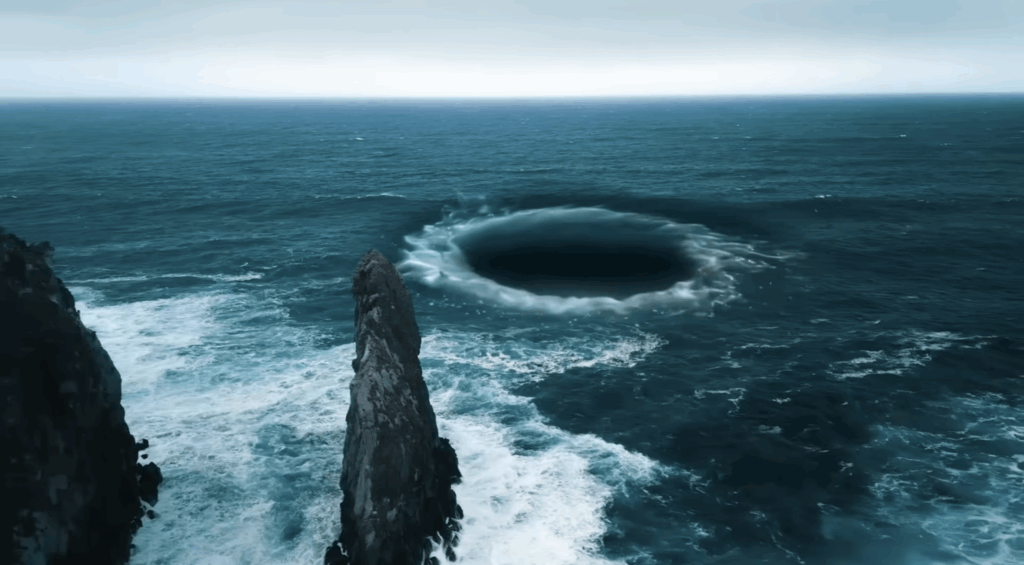
Once created, they can last for months or even years, making them a constant danger in the open sea. Mariners and researchers must study them carefully, as these oceanic giants can disrupt shipping routes and marine ecosystems. Their sheer size and unpredictable movement make them a living reminder of the ocean’s immense power.
2. Terrifying Sea Creatures
The ocean is home to creatures that look like they belong in a science fiction movie. From sharks and killer whales to the grotesque red octopus and proboscis worms, these animals are often dangerous and ready to attack. Unlike outer space, which is mostly devoid of life, the ocean is teeming with creatures that can actively harm humans.
Even smaller, seemingly harmless animals can pack a deadly bite or sting. Many deep-sea species have evolved in bizarre ways to survive crushing pressures and darkness, giving them alien-like appearances. The diversity of life in the ocean means that danger can be encountered anywhere, from shallow reefs to the deepest trenches.
3. Unknown Ocean Depths
Much of the ocean remains unexplored, and the deeper we go, the stranger it gets. Scientists know more about the surface of Mars or the Moon than they do about the ocean floor. NASA is slowly mapping these depths to understand Earth’s oceans and to test technology for space exploration. The mystery of what lies at the bottom of the ocean adds an extra layer of fear, as unseen hazards could be lurking miles below.
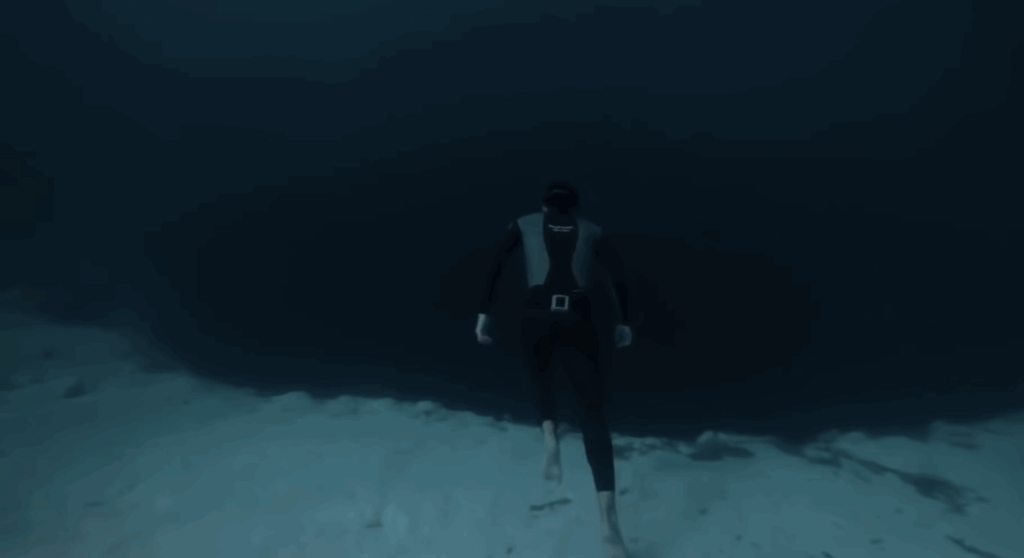
Deep-sea trenches could contain unknown species or geological phenomena that challenge our understanding of life and the planet. Every expedition into the abyss carries significant risk, from equipment failure to sudden environmental changes.
4. Extreme Ocean Conditions
Outer space and the deep ocean have more in common than you might think. Both have extreme pressures, lack of breathable air, and challenging temperatures. But while space threatens passively, the ocean threatens actively.
Strong currents, crushing depths, and sudden changes in temperature can harm or kill even experienced divers. Hydrothermal vents, underwater volcanoes, and shifting tectonic plates add more hazards, making the environment even less forgiving. Surviving the ocean requires constant vigilance and preparation, unlike space, where astronauts rely on heavily controlled conditions.
5. Rising Sea Levels
Climate change is turning the ocean into a slow but deadly threat. Sea levels could rise over two meters by 2100, flooding cities like Venice, Bangkok, and New York. Unlike rare asteroid strikes, this threat is ongoing and unstoppable. Entire communities face displacement, loss of homes, and economic devastation, proving that the ocean can be a far more immediate danger than distant cosmic threats.
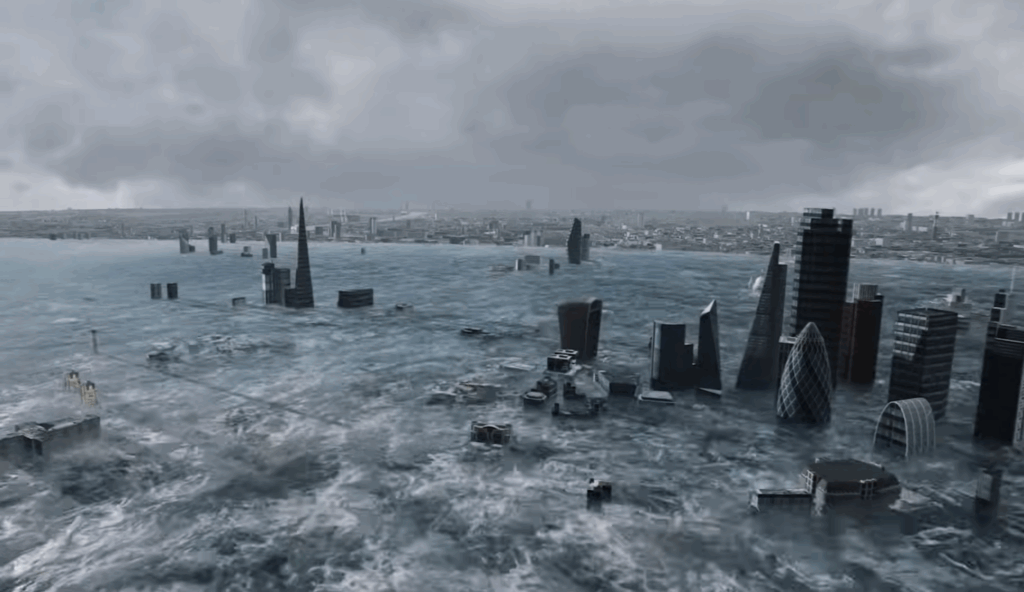
Coastal ecosystems will also be heavily impacted, with saltwater intrusion destroying farmland and freshwater supplies. The rising ocean could create millions of climate refugees, making it a global humanitarian crisis as well as a natural disaster.
6. Total Darkness
Light behaves differently in the ocean compared to space. Without an atmosphere, space has harsh, unfiltered light, but deep ocean areas are nearly pitch black. In these depths, only specially adapted creatures can survive, often evolving into terrifying forms. Their bioluminescence, strange shapes, and predatory instincts make exploring the deep ocean more dangerous than floating in zero gravity.
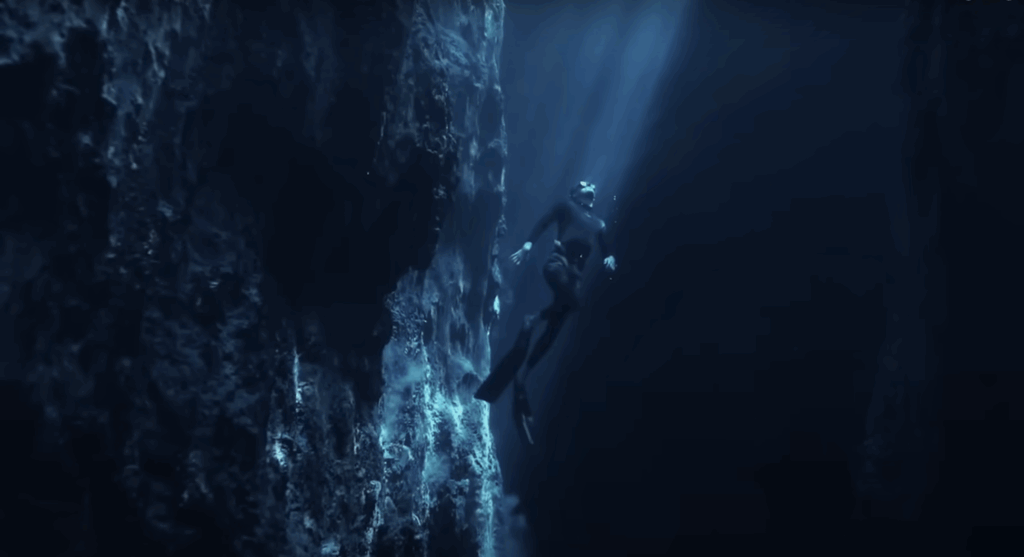
Human senses are practically useless in these regions, making navigation and survival extremely difficult. The lack of light and extreme pressure creates an environment where even advanced technology struggles to operate effectively.
7. Hurricanes
Hurricanes are ocean-born monsters. They form over warm waters and can bring catastrophic wind and rainfall to coastal areas. Unlike solar flares, which are rare and usually mitigated by the ozone layer, hurricanes strike frequently and unpredictably, leaving towns flooded, homes destroyed, and lives at risk.
Hurricanes can grow to hundreds of kilometers in diameter, packing wind speeds that rival the strongest human-made machines. These storms also disrupt marine ecosystems, sometimes permanently altering coastal landscapes. Their combination of wind, water, and unpredictability makes them one of the most powerful natural forces on Earth.
8. Tsunamis
Few natural disasters match the sheer destructive power of tsunamis. Massive waves over 30 meters high can annihilate coastal regions in minutes. The 2004 Indian Ocean tsunami killed over 225,000 people and displaced millions. In contrast, space disasters of this magnitude are extremely rare, making the ocean a more immediate threat.
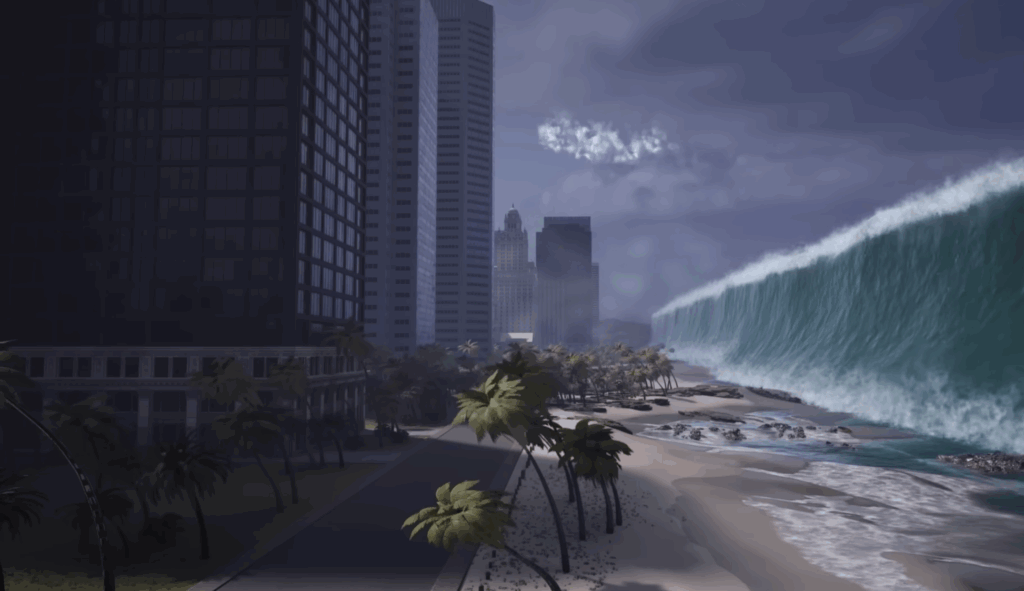
Tsunamis can also strike without warning, leaving little time for evacuation. Underwater earthquakes, landslides, or volcanic eruptions can trigger these waves anywhere in the world, constantly reminding us of the ocean’s raw force.
9. Getting Lost at Sea
In space, astronauts are constantly monitored with cutting-edge technology and guidance from support teams. In the ocean, even a short swim beyond the usual limits can leave someone stranded. With over three million known shipwrecks, the ocean has claimed countless lives.
Unlike space, the ocean actively ensnares those who venture too far without warning. Currents and tides can disorient even experienced sailors, while storms and fog add to the danger. The vast, uncharted expanses of the ocean make rescue efforts difficult and often impossible.
10. Lightning Strikes
The ocean is a magnet for lightning, and storms over the water can be deadly. A single strike can spread up to 100 meters, endangering boats, swimmers, and sea life. Space does not have random weather events, which makes the ocean uniquely dangerous in this way. Lightning over water is particularly hazardous because it can travel much farther than on land. Even advanced ships and equipment offer only partial protection from these sudden and unpredictable strikes.
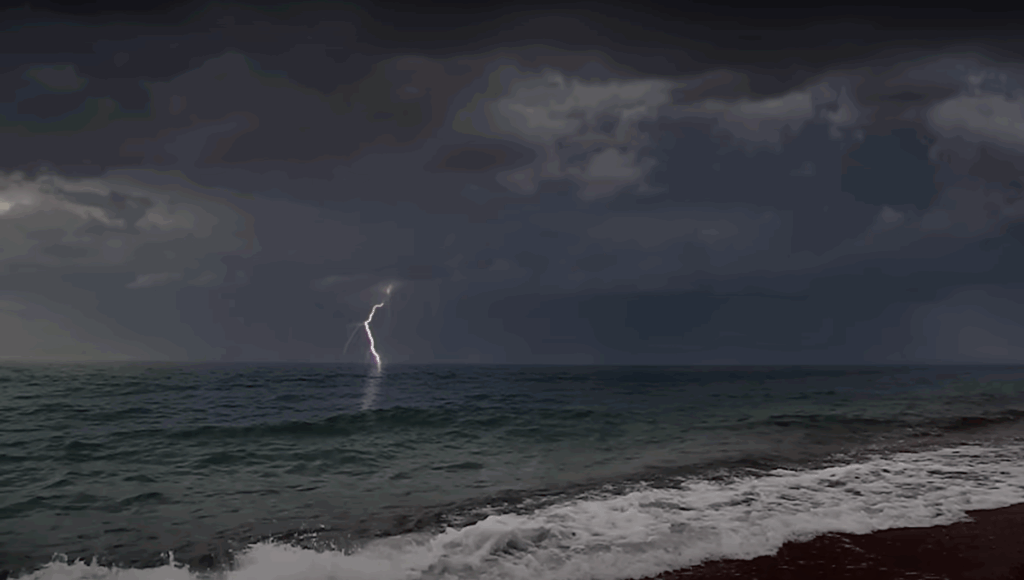
11. Dangerous Bacteria
Flesh-eating bacteria lurk in warm parts of the ocean, such as the Gulf of Mexico. These bacteria can enter swimmers’ open wounds, causing severe infections that sometimes require limb amputation. While space has radiation hazards, it does not harbor living threats like bacteria that can attack the human body in such gruesome ways.
Other dangerous microorganisms, such as Vibrio species, can trigger deadly illnesses if ingested through contaminated seafood. The ocean is an environment where even microscopic life can pose a lethal threat to humans.
12. Ocean Pollution
The ocean contains vast amounts of human-made debris. The Great Pacific Garbage Patch is twice the size of Texas, filled with plastics that threaten wildlife and ecosystems. Space has debris concerns, but these are closely monitored and managed. In the ocean, pollution is uncontrolled and worsening, creating another active threat to life on Earth. Marine animals ingest plastic or become entangled, often leading to painful deaths. Pollution also affects humans, as toxins from plastics accumulate in seafood, contaminating the food chain and endangering global health.
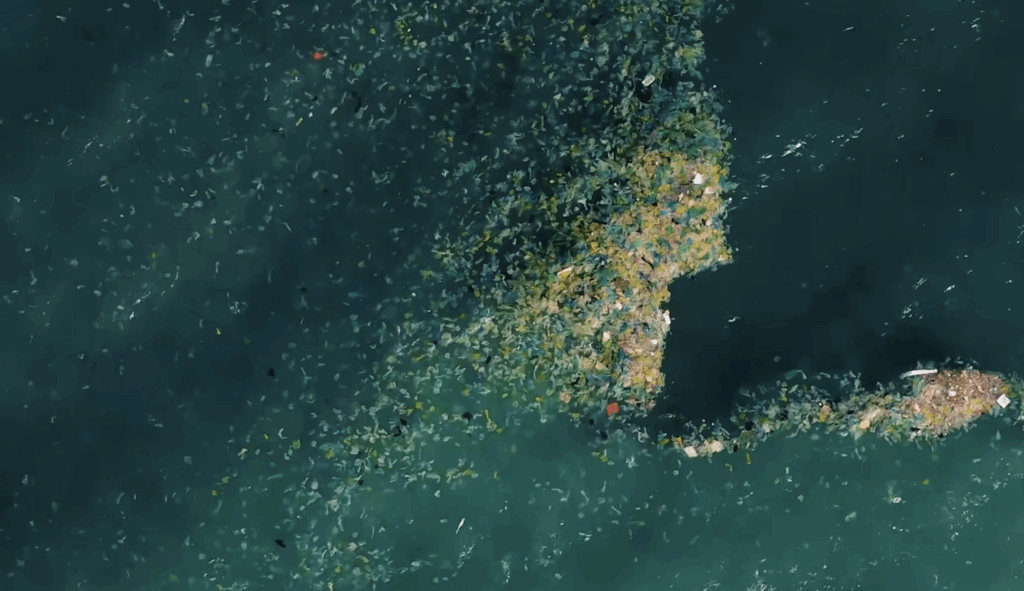
While the mysteries of space are often portrayed as terrifying, Earth’s oceans present hazards that are closer, larger, and more dangerous. From deadly creatures to climate-driven disasters, the ocean is a place where danger lurks beneath the surface at every turn. Its combination of natural phenomena, living threats, and human-made hazards make it one of the most unpredictable and threatening environments on the planet. Next time you think of the cosmos as frightening, remember that the ocean is just as mysterious and far more immediately dangerous.



